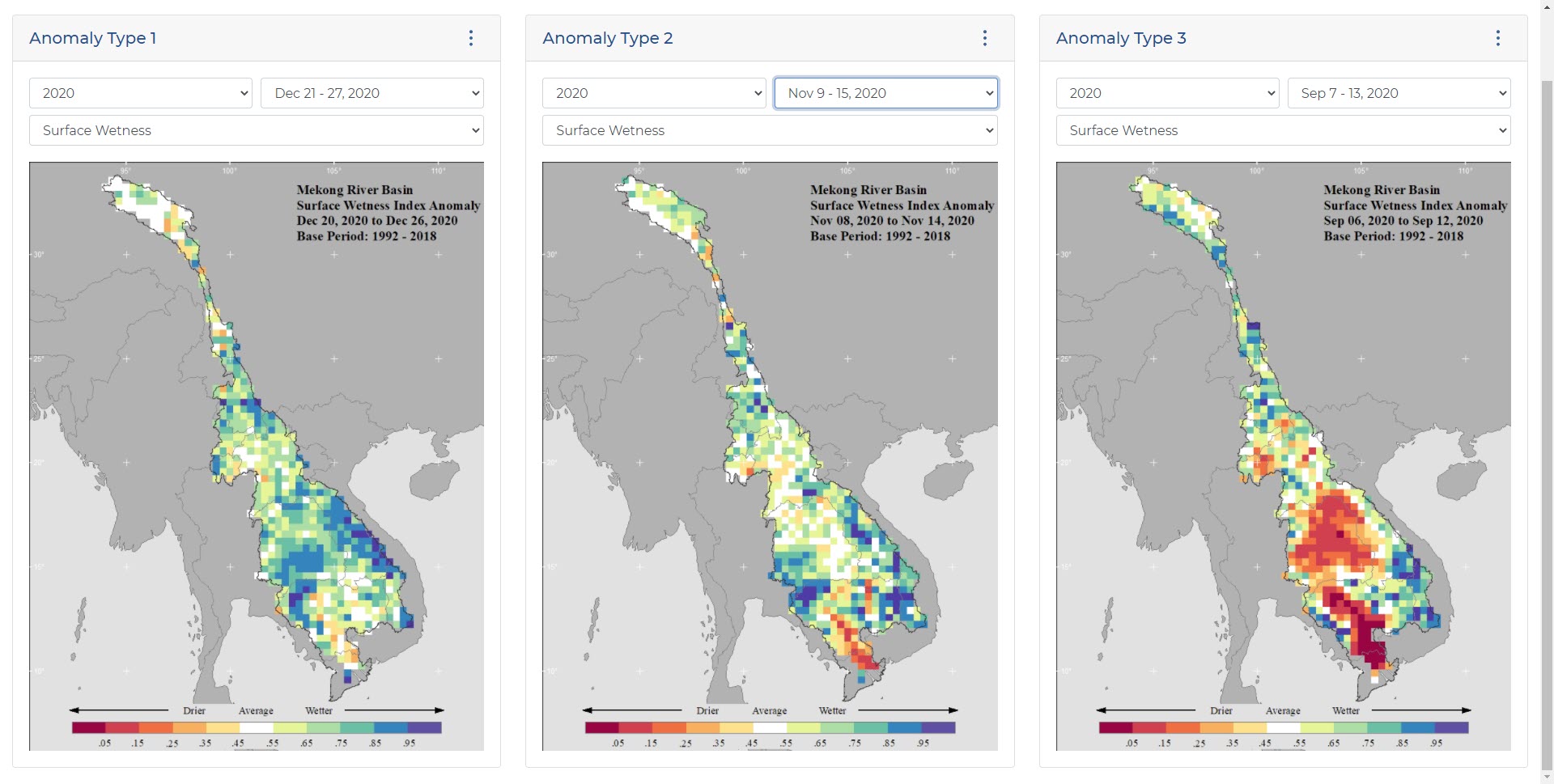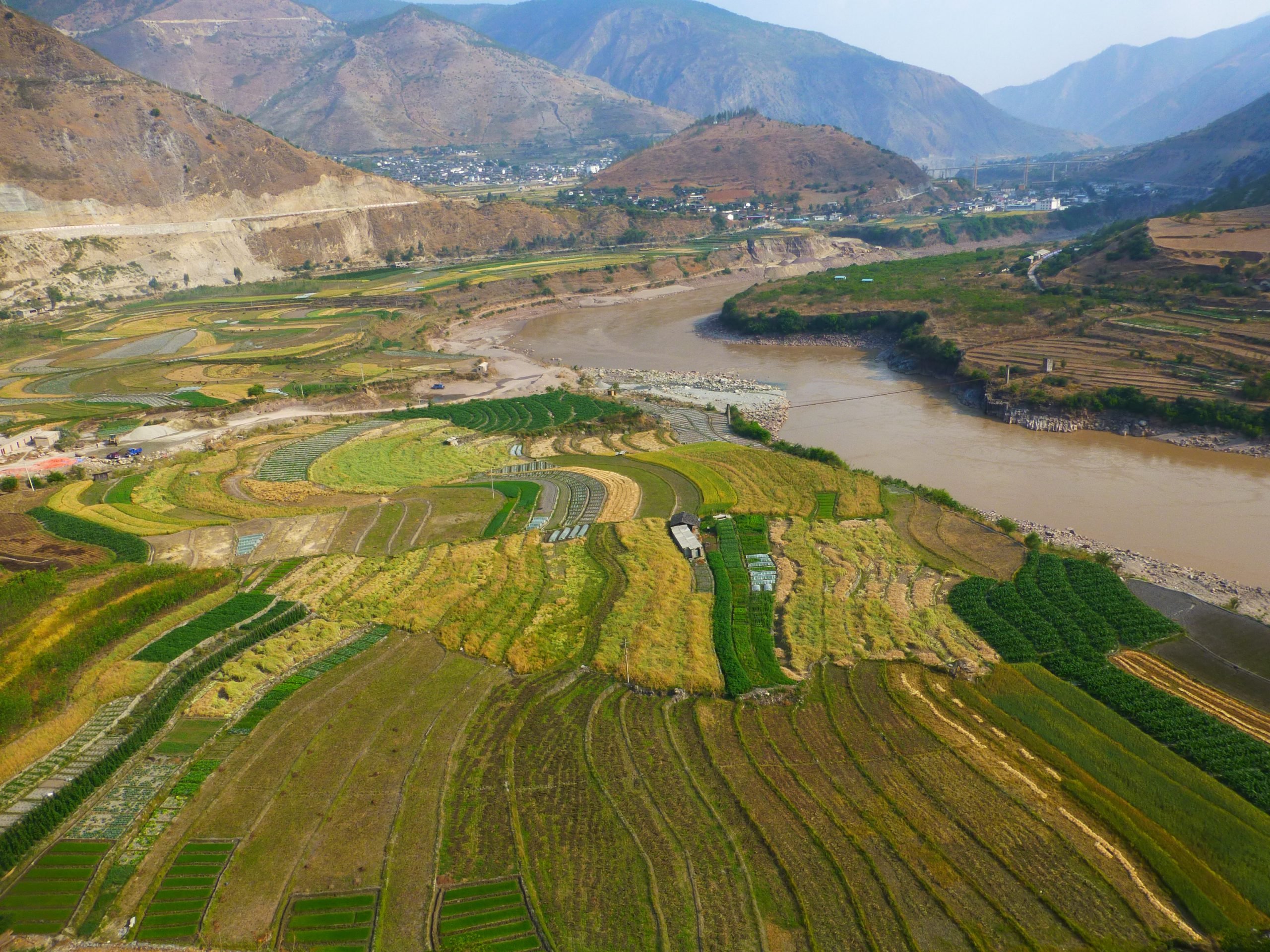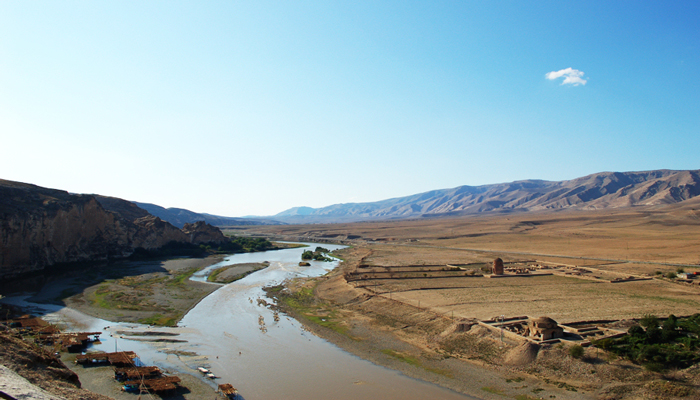Transboundary River Basin Governance: A Case of the Mekong River
4.8 (560) In stock

Conflict and cooperation are key governance challenges in transboundary river basin governance, especially in the Mekong River Basin. Hydropower dams have been at the center of such a conflict and cooperation that are useful metrics to assess the level and intensity of conflict and cooperation in transboundary river basin governance. This study examines transboundary river basin cooperation in the Mekong through the lens of hydropower dam projects. It uses a literature review and a case study of the Lower Sasan 2 (LS2) Dam to analyze the conflict and cooperation in the Mekong region, from the era of the US influence in the Cold War, the post-Cold War period, and the present-day with the rise of China. It concludes that Mekong river basin cooperation has evolved as a result of external influences and internal competition by riparian states over Mekong resources. The LS2 was identified in 1961 by US-supported hydropower studies and then by the GMS/ADB in 1998, but left unattended until 2007 when Vietnam signed an agreement with Cambodia to undertake a feasibility study in 2008. It took 16 years to get the LS2 built by a Chinese company in 2014 and completed it in 2017. Through the process, the states, powerful external actors, financial institutions, and private sector actors have politicized the LS2 studies, design, and construction. Cambodia, as a weak downstream state, has had to and must continue to position itself strategically in its relationships with these hydro-hegemons to compete for hydropower dam projects and protect its interests. The rise of China has induced the changing relationship between riparian states. Many hydropower dams were built with Chinese funding. Cambodia has also enjoyed its close ties with China, and the building of the LS2 dam by a Chinese company contributes to changing its positions in the Mekong cooperation but suffers environmental and social impacts.

Transparent Transboundary Water Policy in the Mekong River Basin

What does Chinese 'reciprocity' mean for Mekong's dams?

Trends in Social and Environmental Responsibility Presentation

River Basin Management - Sustainability Issues and Planning Strategies

PDF) Assessment of Flow Changes from Hydropower Development and Operations in Sre Kong, Se San and Sre Pok Rivers of the Mekong Basin

Improving transboundary water management in the Mekong River

Water Crisis in the Middle East: A Case Study of Euphrates-Tigris River Basin

9DASHLINE — Is China the sole culprit for the Mekong River Basins' woes?

Reassessing Water Security in the Mekong: The Chinese Rapprochement with Southeast Asia

Evaluation of Transboundary Water Resource Development in Mekong River Basin: The Application of Analytic Hierarchy Process in the Context of Water Cooperation

PDF) Management of Transboundary Water Resources Case Study: Mekong River
The Basin, Rock River Coalition
 CELER Women's Running Shorts Quick Dry Workout Nepal
CELER Women's Running Shorts Quick Dry Workout Nepal Where 2022 Peeking Boxers Trend Came From, Explained
Where 2022 Peeking Boxers Trend Came From, Explained Mitaogirl women's plaid yoga pants women's high-waisted butt-lifting fitness pants sports tights quick-drying running leggings - AliExpress
Mitaogirl women's plaid yoga pants women's high-waisted butt-lifting fitness pants sports tights quick-drying running leggings - AliExpress Body Shapers for Women
Body Shapers for Women- CLOTHING T-SHIRTS & VESTS MOSCHINO A0784 4410 0001
 Calvin Klein NEW Black Women's Size XL Bralette Triangle Logo-Printed Bra
Calvin Klein NEW Black Women's Size XL Bralette Triangle Logo-Printed Bra